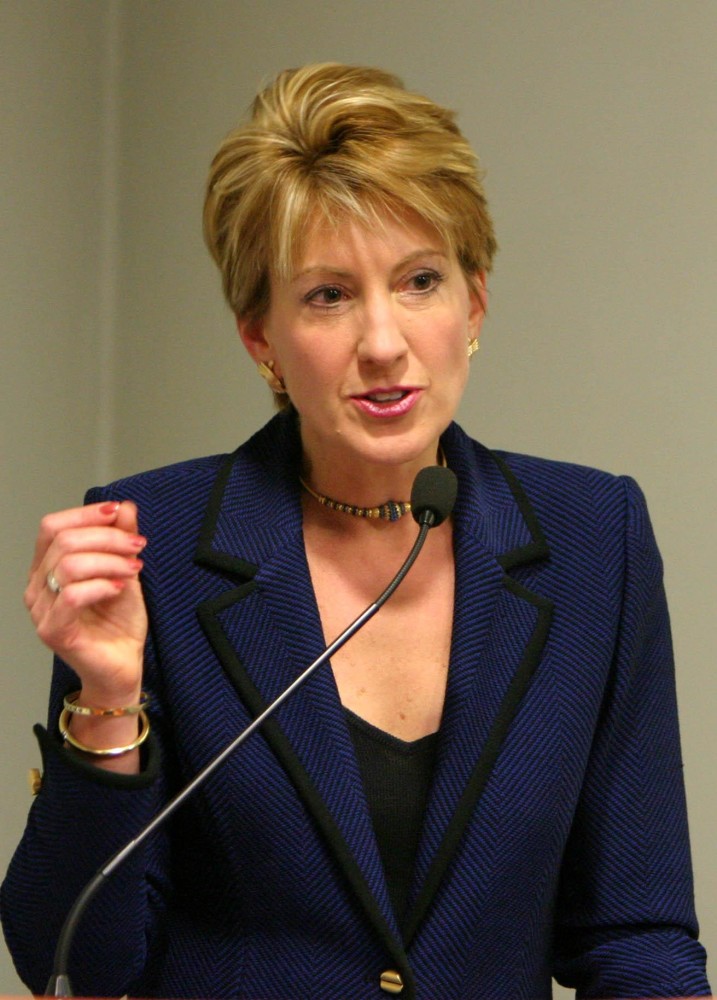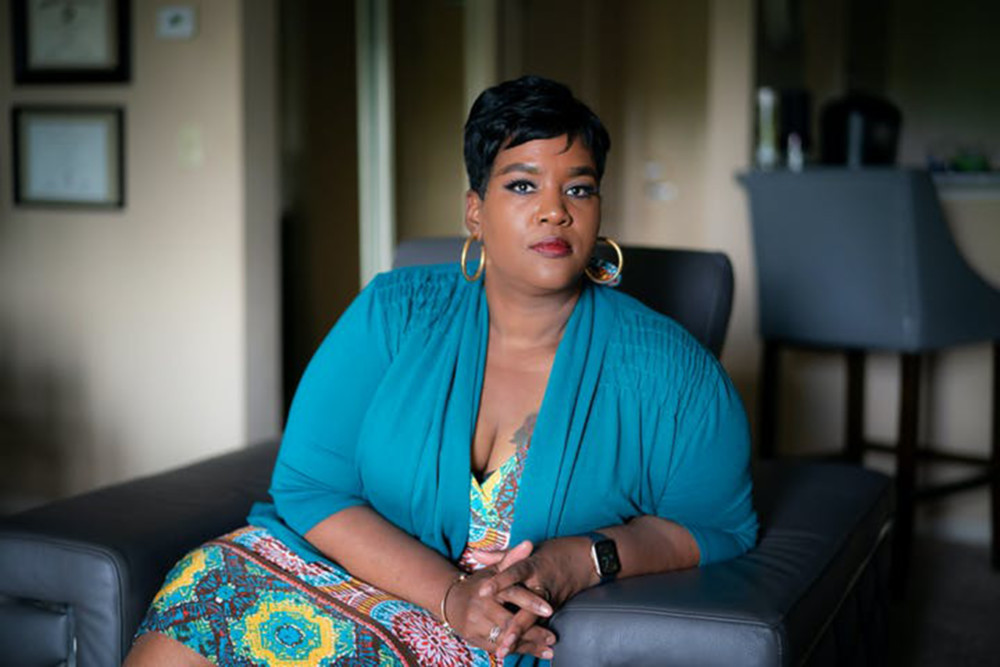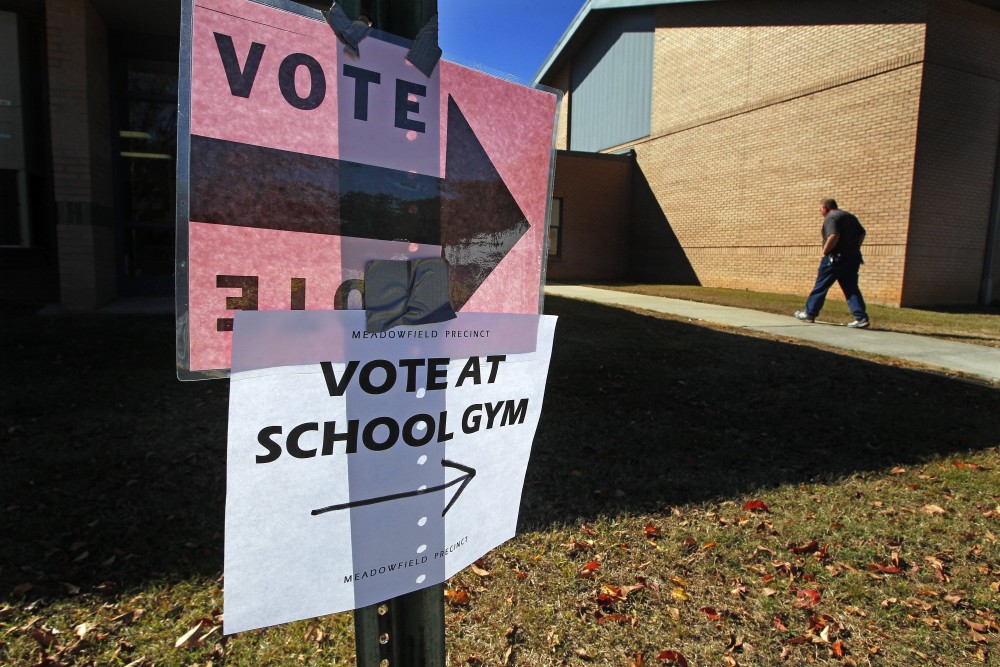By Kim Lyons
Pittsburgh Post-Gazette.
At the Allegheny County Bar Association’s Women in Law Division spring luncheon this month, former CNN White House correspondent Jessica Yellin played a recording of 2016 presidential candidates’ voices. Empirically, she asked the audience, whose voice is the most “shrill”?
Ms. Yellin noted more than one story in the current election cycle has characterized Hillary Clinton’s voice as shrill — most notably, FoxNews commentator Sean Hannity, who said Ms. Clinton was an “aging, out of ideas, often shrill” grandmother, in a comparison with Marco Rubio.
That’s coded language, the speaker argued, applied to female candidates and other women in the public eye. “The problem is, it becomes part of the narrative, and gets repeated over and over,” she said.
The notion that gender-coded language and subtle sexism play a key role in political discourse is gaining traction, said Kelly Dittmar, a scholar with the Center for American Women and Politics in New Brunswick, N.J. That organization recently launched the Presidential Gender Watch 2016 project, in partnership with the Barbara Lee Family Foundation in Cambridge, Mass.
“We want to elevate the dialogue about gender and confront some of these biases head on,” Ms. Dittmar said, “to get people thinking critically about the more nuanced way gender informs the race.”
Using terms like “pushy” and “shrill” are pretty blatant examples of casting female candidates in an unflattering light, but Ms. Dittmar says there are more subtle examples of sexism in media coverage of the still-young 2016 campaign. A New York Times’ piece on Rand Paul’s wife, an experienced media relations professional, could be viewed as an attempt to “soften” the sometimes abrasive candidate, she said.
“That is loaded with all sorts of gender expectations and is just as interesting to us as the many thousands of articles about how Hillary’s gender will play a role in this race.”
When a reporter at a Washington, D.C., luncheon prefaced a question to possible GOP presidential candidate Carly Fiorina with a comment about her “pink nail polish,” a Washington Post reporter later asked Ms. Fiorina why she didn’t call the questioner out for his remark.
Ms. Dittmar said all candidates walk a fine line and are hyper-focused on “likeability,” fairly or unfairly.
“I think that it’s a real challenge, not just for Carly Fiorina or Hillary or any other woman in this race, that the onus is on them to call out the behavior,” she said. But such remarks or other sexist behavior can have an impact, she added.
“There is concrete research that shows when you talk about women’s appearance, it affects how voters view their qualifications for office,” Ms. Dittmar said.
“I would pose the question to any reporter: ‘Would you ask that same question of a man?
buy antabuse online pavg.net/wp-content/themes/twentytwentyone/inc/en/antabuse.html no prescription
‘ If you can say, ‘I covered Barack Obama’s ‘mom jeans’ as much as Hillary Clinton’s pant suits,’ fine. While we may not like that level of journalism, at least you can appreciate the equal treatment.”
Ms. Clinton was not available to comment for this story, with spokeswoman Rebecca Chalif citing her busy travel schedule.
Ms. Yellin believes many broadcast news outlets will jump on a story line that pits powerful women against each other, and the 2016 campaign is likely to be no different.
“I’ll be interested to see if the Carly Fiorina-versus-Hillary Clinton story gets played out, because there’s nothing [the media] likes better than a ‘cat fight.’ It’s a way to divide women against each other and continue that narrative that we’re not team players.”
Heather Arnet, CEO of the Women and Girls Foundation in Pittsburgh, said the “Name It, Change It” campaign backed by the Women’s Media Center in New York found that calling out and challenging sexist language makes a difference. The campaign has a stated goal of ending “sexist and misogynistic coverage of women candidates.”
“It would be exciting if this year, we hear a lot more discussion on her policy positions, and less about her wardrobe and her hair.”
Ms. Arnet said it was interesting to note that the portrayal of female politicians in popular culture has often been positive, such as actress Geena Davis’ role in the short-lived TV series “Commander in Chief,” or Cherry Jones’ portrayal of a female president in the television series “24.”
The reality has yet to catch up, Ms. Arnet noted. She recalled seeing a chyron on a cable news station the day that Ms. Clinton announced her candidacy, which read, “New direction, new haircut.”
“When the former secretary of state announces her candidacy for the most powerful position in the world, it seems like her haircut is the least relevant part of that story,” she said.
“It’s 2015. All of us media citizens have an opportunity to do this differently, to do it better than we did in 2008 or any other time women have run for office.”
Ms. Arnet, who wrote and directed the 2014 documentary “Madame Presidenta” examining the election of a female president in Brazil, said it was interesting that unlike in the 2008 campaign — where Ms. Clinton played down the “first woman president” angle — her 2016 campaign so far seems to be focused on how she has a long history of championing children and women’s issues.
That part of her resume dates back even before her 1995 speech in Beijing when Ms. Clinton declared that “women’s rights are human rights,” Ms. Arnet noted.
“She is very different than she was in 2008. She’s much more qualified, certainly the most qualified person ever to run who wasn’t an incumbent,” Ms. Arnet said. “It would be exciting if this year, we hear a lot more discussion on her policy positions, and less about her wardrobe and her hair.”
While Ms. Dittmar said she has been disappointed that some of the sexist language used to describe Hillary Clinton in 2008 has carried over into the 2016 campaign, another strain of coverage by writers like Jessica Valenti of The Guardian, or Rebecca Traister of The New Republic, has given her reason for optimism.
“Not all women support Hillary,” she said, “and the diversity of coverage demonstrates a complexity of the issues — that we don’t just assume Hillary gets women’s votes.”

















































































































































































































































































































































































